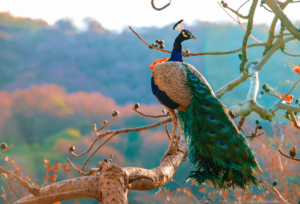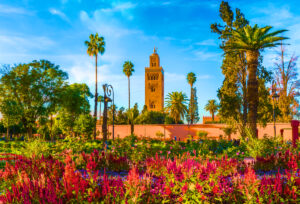
When you think of popular wine producing countries and regions, the Canary Islands probably won’t be the first place that springs to mind. In actual fact, the islands have been producing the tipple for centuries and between the islands there are more than a dozen wineries and hundreds of vineyards.

If you’re looking for a classy and boozy, wine filled holiday, the Canary Islands might just be the place for you.
Each island offers something unique to the wine production industry, let’s take a closer look.
Lanzarote

Lanzarote
Lanzarote’s black volcanic soils don’t look like the typical place to grow luscious vines but actually the dry, warm climate, fertile soil and the volcanic bowls allow the low bush vines to thrive. The vines are protected from the wind by stone walls surrounding the crops, and they are buried in holes as an extra precaution.
The Lanzarote wine production region largely produces sweet white varieties, with a few reds that have a distinctive flavour thanks to the conditions. Not only does the wine taste great but the landscape is quite a sight to behold, with the black ash and green vines — just don’t forget to take your camera!

Lanzarote
In June, Lanzarote is even home to an event called The Wine Run, held in La Geria. Participants either run 22km or walk 11km through the volcanic landscape and are treated to tapas and music half way through the challenge. When the event ends in the town of Uga, the winner is presented with their weight in wine! Yes, really!
Tenerife

Tenerife
Tenerife boasts more than 8,000 hectares of vines and more than 70 wineries in total, and it differs from Lanzarote in that its output is 90% red wine. This is thanks to the cooling Atlantic mists and a red, fertile soil which produces these delicious island wines, including Abona and Valle de Guinar , said to perfectly complement meat or fish.
The wine-making process and equipment here is modern in comparison with other areas, making output higher. Tenerife hosts the highest elevation vineyards in Europe. Some of the vineyards are located in the north of Tenerife around Mount Teide, a volcano that stands over 12,000 feet. Others are located in the south in an almost desert-like environment.

Tenerife vineyard
Tenerife also has a wine museum, Casa del Vino, which gives guests an insight into the history of Tenerife wine. It is located only a 15-minute drive from Santa Cruz de Tenerife and is open all days of the week except Mondays.
La Palma

La Palma
La Palma produces Malmsey, a sweet wine famed across Europe since the seventeenth century. Although the overall climate is mild, the variable landscape can have a huge effect on grape-growing conditions, depending on a vineyard’s location. Vineyards can be found clinging to the island’s steep volcanic slopes or planted between other crops and even in ditches.
La Palma produces a wide range of wines, mainly from varieties native to the island. Due to the recent volcanic eruption, sadly, many hectares of La Palma’s vineyards have been destroyed.

La Palma vineyard
Bodegas Teneguía is a fantastic winery, bar and eatery located in the area of the volcano of the same name. Here, you can try before you buy and sample wine that is shipped all over the world. It is a great place to visit and hopefully will be welcoming back customers in no time.
Gran Canaria

Gran Canaria
Gran Canaria offers up aromatic, deep red wines which it has been making for centuries. The traditional Gran Canaria wine region is the Monte zone, just south of Las Palmas. It’s a fertile area with volcanic soils and a layer of picón gravel that helps the ground to retain moisture.
Grapes also grow well in the north, at Galdar and in the Agaete Valley and all over the highlands. If you’re wanting to snap up a bottle of the country’s delicious produce, then head to a local supermarket, here you can find a small selection of local wines.
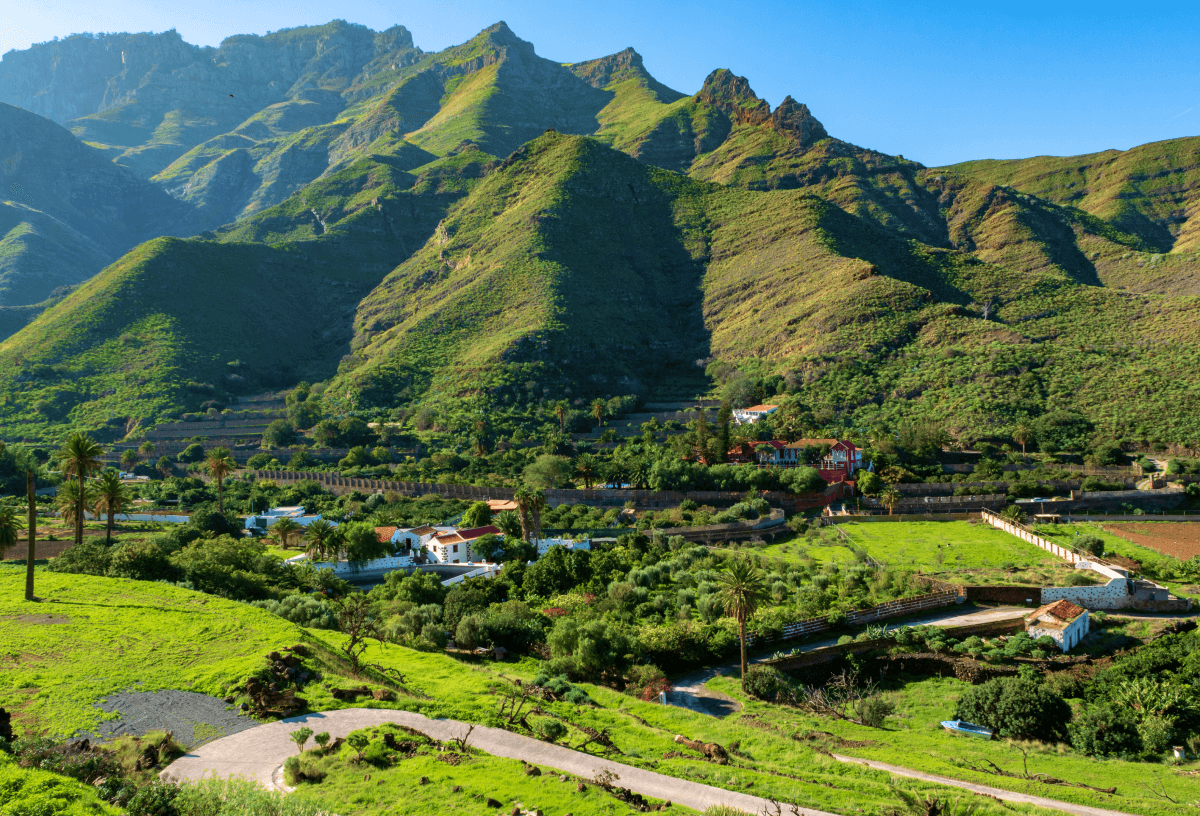
Gran Canaria vineyard
If you’re wanting the full experience, make sure you visit the Santa Brigida wine museum, which is over two centuries old! Here you can try a variety of wines that the island has to offer as well as learning about the production involved and the area’s long history as a renowned wine exporter.
La Gomera

La Gomera
The island of La Gomera is very mountainous which means wine production is very intensive and takes much longer than on the other Canary Islands. Vines here are grown up trellises and output is lower.
Thanks to this terrain, using machinery to help harvest the grapes is near impossible, meaning it can be quite a laborious, manual job. However, thanks to these steep terraces and beautiful landscape views, visiting wineries is a very popular activity for tourists on this small island.
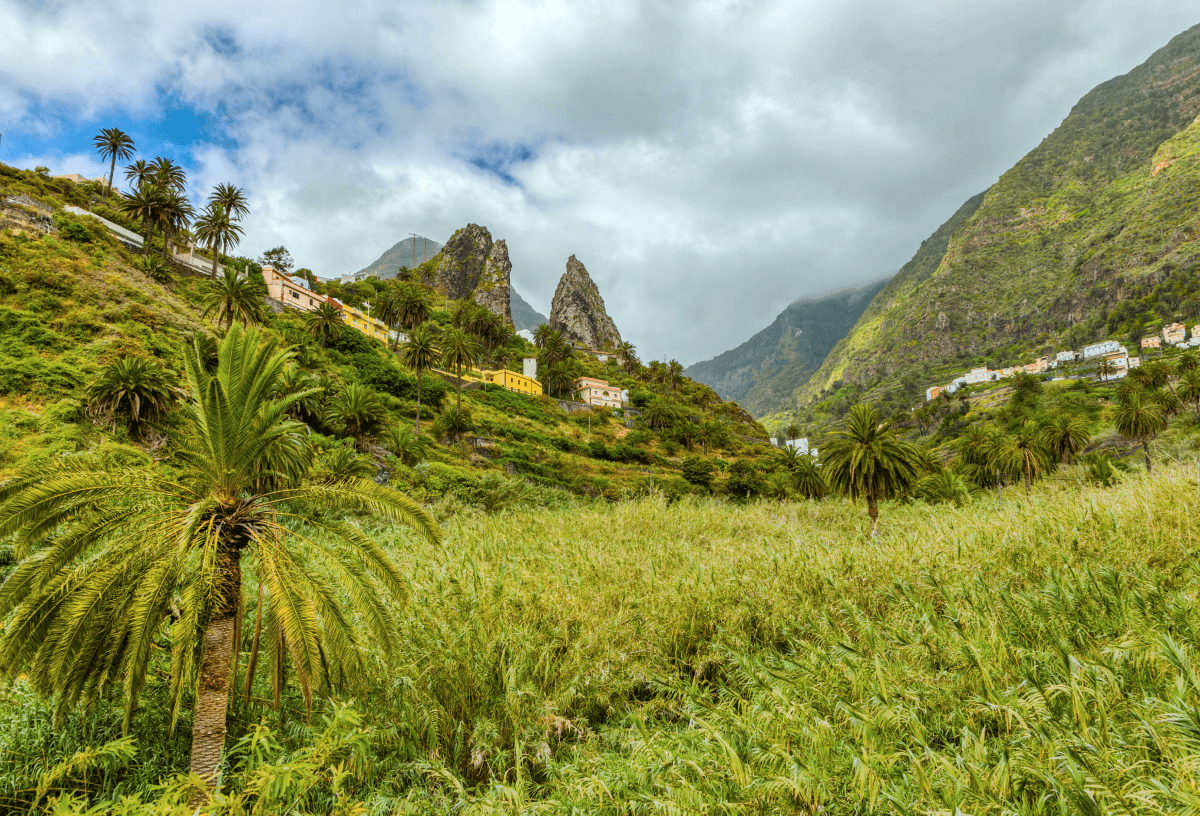
La Gomera vineyard
White wines are this island’s speciality, with the rare Forastera grape being the dominant variety. Though it has the same name as one grown in Italy, they are distinctly different grapes.
Which Winery is Calling Your Name?
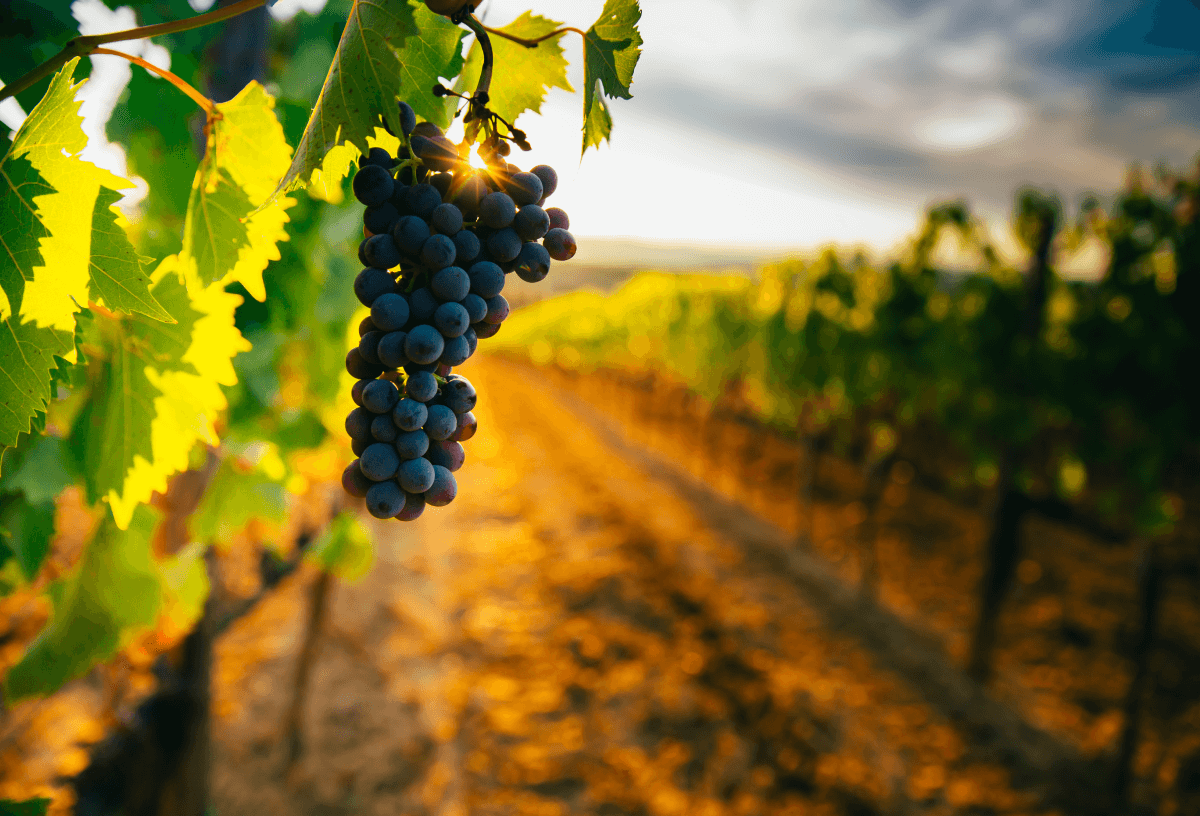
So now you’re ready to book your perfect vineyard getaway, forget Italy or France – the Canary Islands are the perfect place to sample a glass of the good stuff! Just make sure you leave enough suitcase room to bring a few bottles back!
Take a look at our fabulous Canary Island deals, all with our exclusive online discounts, meaning you can save those pennies for delicious grapes…crushed, fermented and in a bottle, of course.




